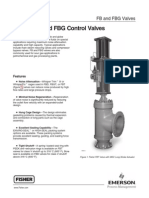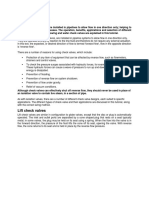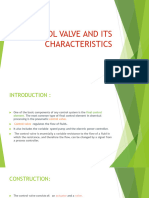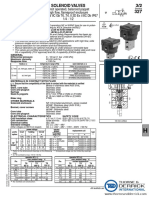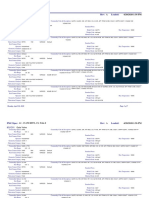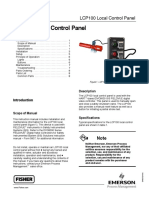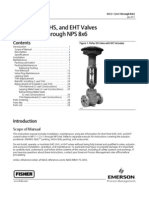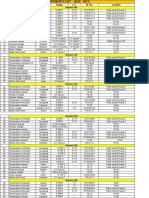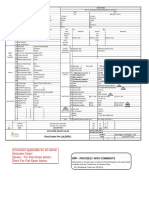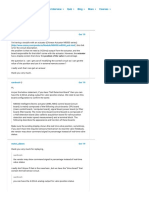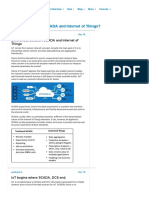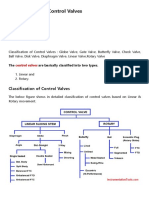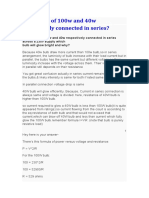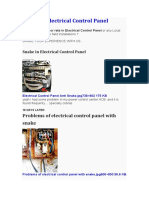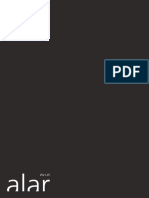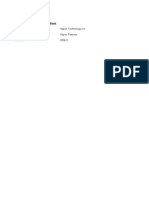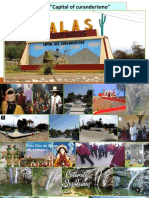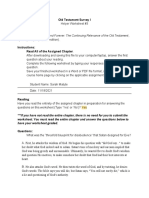0% found this document useful (0 votes)
485 views2 pagesTroubleshooting A Control Valve
The document discusses troubleshooting a control valve. It begins by stating to start with identifying the fail mode of the valve. Next steps include checking the positioner and controller. It emphasizes to not rely on signals from the control room and to generate your own. Finally, it notes that many control valve issues are actually problems elsewhere in the system. Additional comments are provided in Spanish and translated to English discussing specific steps like checking instrument air supply, pressure regulator, leaks, communication, and valve movement.
Uploaded by
zhangyiliCopyright
© © All Rights Reserved
We take content rights seriously. If you suspect this is your content, claim it here.
Available Formats
Download as PDF, TXT or read online on Scribd
0% found this document useful (0 votes)
485 views2 pagesTroubleshooting A Control Valve
The document discusses troubleshooting a control valve. It begins by stating to start with identifying the fail mode of the valve. Next steps include checking the positioner and controller. It emphasizes to not rely on signals from the control room and to generate your own. Finally, it notes that many control valve issues are actually problems elsewhere in the system. Additional comments are provided in Spanish and translated to English discussing specific steps like checking instrument air supply, pressure regulator, leaks, communication, and valve movement.
Uploaded by
zhangyiliCopyright
© © All Rights Reserved
We take content rights seriously. If you suspect this is your content, claim it here.
Available Formats
Download as PDF, TXT or read online on Scribd
/ 2






